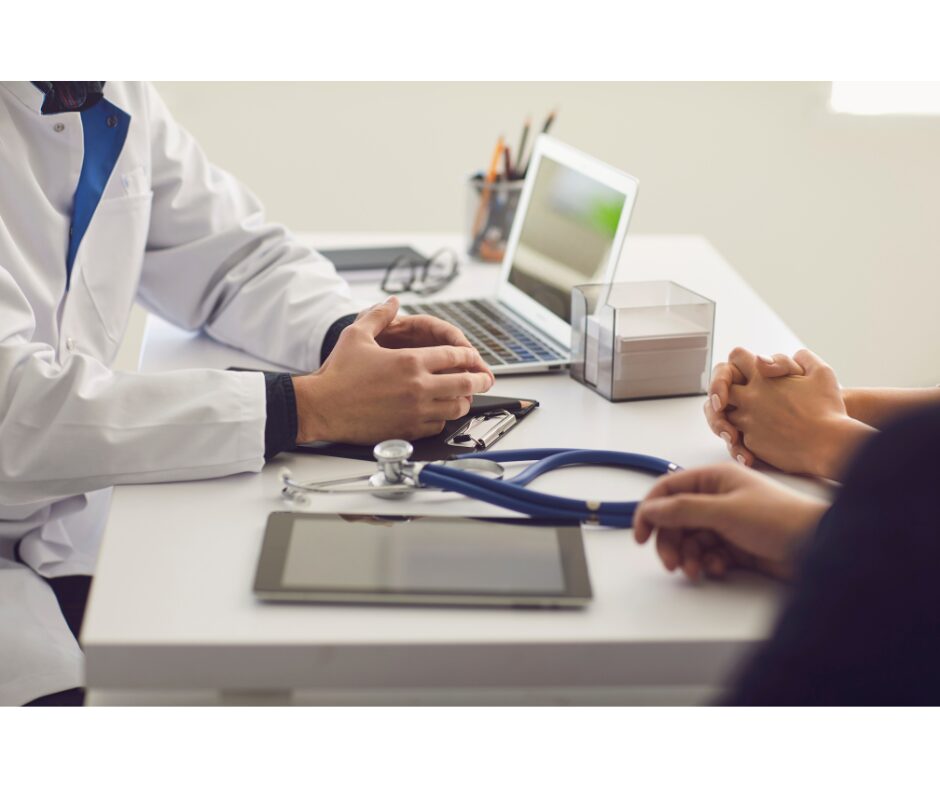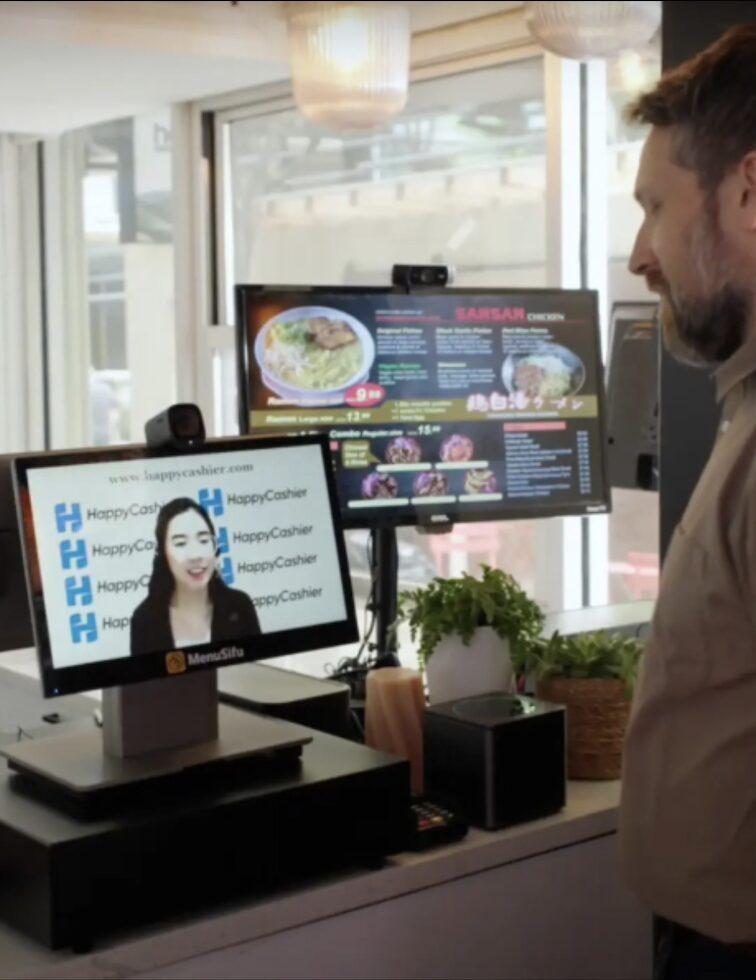THE First Industrial Revolution (1760) and the Second (1870), when machines took over
countless jobs originally performed by man, severely contaminated our water supplies
because factories directly dumped untreated waste into rivers and streams, resulting in
widespread water pollution.
While machines boosted productivity, these advances came with substantial ecological and
societal costs. They have contributed significantly to countless diseases, respiratory,
cardiovascular, gastrointestinal, metabolic, cancer, etc. Contaminated water kills more
people each year than war and all forms of violence combined.
Today, the pollution continues. Our source of water is not bottomless; only less than 1
percent of the earth’s freshwater is accessible to us. Four billion people around the globe,
out of our current 8.2 billion world’s population, experience severe water scarcity for at
least one month each year, and 25 percent of them do not have access to clean drinking
water.
We are blessed to live in a country – like the United States, the Philippines, and many
others – and have almost unlimited clean water supply. But does this mean our drinking
water is safe?
Las Vegas is one of the most contaminated waters in the United States. Its hard water
contains lead, PFAS, arsenic, disinfectants byproducts, uranium, chromium, and two-non-
toxic minerals causing hard water: calcium, and magnesium.
I have tested Las Vegas tap water, under-sink filtered water, bottled water, distilled water,
and Zero-filtered water, and found the following Total Dissolved Solids PPM counts: Tap
water has 305 TDS level; Under-sink filtered water, 56; bottled water, 50; distilled water,
0; commercial Zero-filtered water, 0.
I also tested the water in our ancestral home in San Francisco del Monte, Quezon City,
Philippines, and discovered to my surprise that its city tap water (supplied by the city
government’s water filtration plants) had lower TDS level than the water in Munster,
Indiana, and even a lot lower than the water in Las Vegas. The FDA considers a TDS level
of 50-150 PPM for bottled water to be safe for drinking.
The other industry purifying method uses tap water that passes through multi-stage (at
least 5), reversed osmosis filters plus UV-C light exposure, saving the beneficial minerals
in it, and bottled for drinking.
The popular Zero water filtration pitcher is a very convenient way to remove all total
dissolved solid contaminants, practically like bottled distilled water.
Boiling tap water leaves sediments at the bottom of the pot and produces “almost distilled”
water. This could be used in urgent temporary situations where no bottled water or filtered
water is available. It may also be used safely for brewing beverages or for cooking.
The Zero water filter does NOT get rid of bacteria, fungi, parasites, which the city water
filtration system removes anyway, so it is safe to use for cooking, CPAP devices, cleaning
wounds, iron, steamers, humidifiers, and other devices that require distilled water to
prevent harmful calcium build-up. Bottled distilled water, manufactured through
condensation process also is free of bacteria, fungi, parasites, besides removing those
harmful chemicals.
Unhealthy to drink
However, distilled water and Zero-filtered water, are NOT healthy for daily drinking
because it lacks all the important minerals our body needs, like fluoride (for tooth health),
especially for children. These beneficial minerals include calcium, magnesium, chloride,
sodium, potassium, iron, zinc, and chloride. The harmful ones are pesticides, herbicides,
chlorine, mercury, cadmium, benzene, asbestos, copper, particulates, copper, zinc, etc.
‘Absolute’ly untrue
While distilled water is ubiquitous in the Philippines, super cheap, and available even in
tiny street stores in the most remote rural areas of the country, in the western world it is
sold only in drug stores and big grocery stores. The brands Absolute (Asia Brewery) and
Wilkins (Coca Cola Beverages Philippines) are two popular brands of distilled water in the
Philippines. Kroger’s purified water manufactured in Ohio also tested 0 for TDS level, but
not labelled as distilled water.
Unfortunately, distilled water is advertised in many cities around the world as “cleanest or
purest drinking water,” which is NOT true, a deceptive claim, and a public disservice,
bordering on criminal false advertising practice endangering people’s health. The same
thing is true with potentially harmful alkaline water; a healthy person does not need
alkaline water!
Bad side effects
Drinking distilled water as a daily beverage is unhealthy. Imbibing distilled water
occasionally when regular bottled or clean tap water is not available is fine, but not for
regular daily consumption. Distilled water is more for machines.
Bad side effects of drinking distilled water daily among adults, and more especially for
children and those who are not eating a balanced diet, are: the bland and flat taste causes
people to drink less; chronic drinkers of distilled water have a high risk of having
electrolyte deficiency/imbalance, causing fatigue, muscle cramps, dizziness, organ failure,
etc.; when distilled water is in contact with the air, it can absorb carbon monoxide, a
poison, similar to the colorless, odorless gas from car exhaust that kills people in a closed
garage.
A warning: Distilled water is not safe to drink every day. Bottled water from reputable
water bottling companies is our best option today, anywhere in the world.
Let’s take advantage of modern scientific data to help us live a healthier lifestyle, for
maximal longevity possible.
The main objective of this column is to educate and inspire people to live a healthier
lifestyle, to prevent illnesses and disabilities and achieve a happier and more productive
life. Any diagnosis, recommendation, or treatment in our article are general medical
information and not intended to be applicable to or appropriate for anyone. This column is
not a substitute for your physician, who knows your condition well and who is your best
ally when it comes to your health.
* * *
The opinions, beliefs and viewpoints expressed by the author do not necessarily
reflect the opinions, beliefs and viewpoints of Asian Journal, its management,
editorial board and staff.
* * *
Philip S. Chua, MD, FACS, FPCS, a Cardiac Surgeon Emeritus based in Northwest
Indiana and Las Vegas, Nevada, is an international medical lecturer/author, Health
Advocate, medical missionary, newspaper columnist, and chairman of the Filipino
United Network-USA, a 501(c)3 humanitarian foundation in the United States. He is
a recipient of the Indiana Sagamore of the Wabash Award in 1995, presented by then
Indiana Governor, U.S. senator, and later a presidential candidate, Evan Bayh. Other
Sagamore past awardees include President Harry S. Truman, President George HW
Bush, pugilist Muhammad Ali, David Letterman, Astronaut Gus Grissom, educators,
scientists, entrepreneurs, etc. (Wikipedia). Websites: FUN8888.com,
Today.SPSAtoday.com, and philipSchua.com; Email: scalpelpen@gmail.com.





